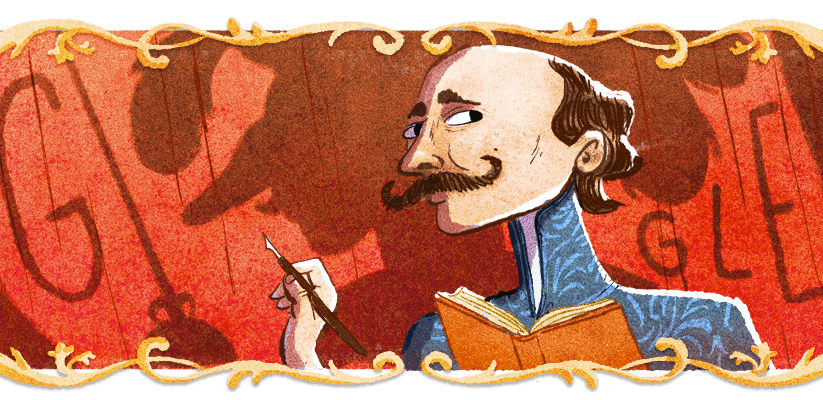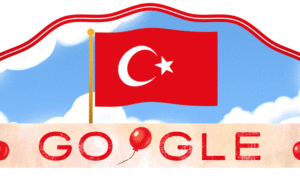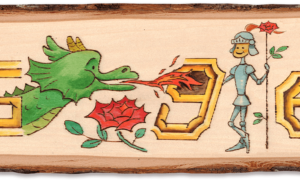Edmond Rostand, a Neo-Romantic French poet and playwright, is the subject of today’s Doodle. Cyrano de Bergerac, a play about a chivalrous swordsman with an enormous nose, is his most famous masterpiece. The play’s romantic hero, who was plagued by a love triangle, came to represent the French spirit. Rostand was elected to the French Academy (l’Académie Française) on this day in 1901.
Rostand was born in 1868 in Marseille, a southern port city, to a wealthy and cultured family. His father, a poet and economist, was a member of the Académie de Marseille and the Institute de France, among other scientific organisations.
Rostand studied literature, history, and philosophy at Collège Stanislas in Paris as a young adult. He had finished his first play, a one-act farce called Le Gant Rouge, by the time he was 20 years old. In 1888, the drama was staged at Cluny Theatre. Rostand’s debut play was met with little acclaim, but that didn’t stop him from continuing to compose.
Rostand’s first successful play, Les Romanesques, a spoof of Shakespeare’s Romeo and Juliet, was written a few years later. The satirical play revolves around two families that stage a rivalry in order to get their children to fall in love. It put Rostand on the map when it first aired in 1894. Les Romanesques was so famous that it was turned into The Fantasticks, the world’s longest-running musical, even outside of France.
Rostand’s most well-known work, Cyrano de Bergerac, was published three years after Les Romanesques. Cyrano de Bergerac is still one of the most popular plays in France, and fans all over the world are looking for updated adaptations of the story.
Rostand’s literary brilliance is celebrated in today’s artwork. His lovely tales are still performed and resonate with hopeless romantics all around the world more than a century later.
- Top 5 Cryptocurrencies to Recoup Your Losses After Bitcoin Halving - April 23, 2024
- Top 5 Technology Stocks to Purchase Before to May 2024 - April 23, 2024
- The Top 5 Most Stunning Airport Designs in the World - April 23, 2024





